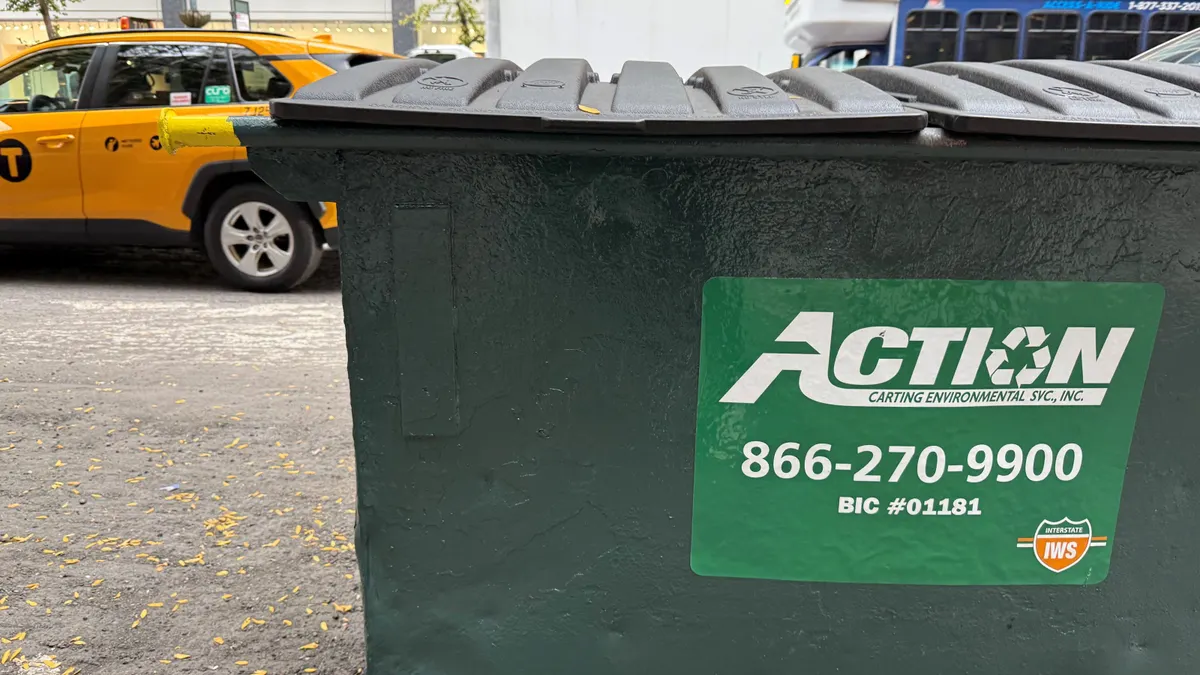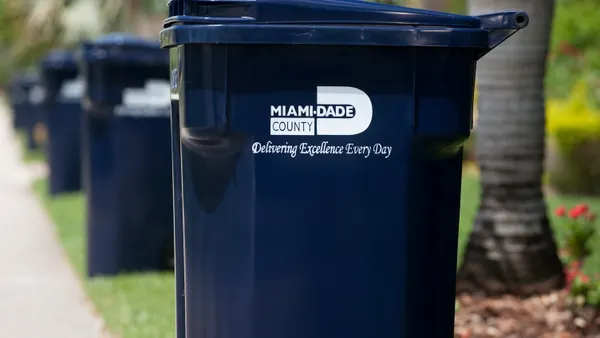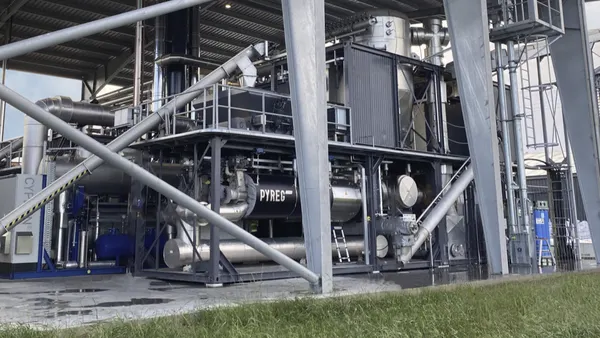Dive Brief:
- A new amendment to the EPA's nonhazardous secondary materials (NHSM) rule sanctions three more fuel sources as nonwaste, which will be a plus for biomass energy facilities looking for additional energy sources.
- The recent additions include: construction and demolition wood from debris; paper-recycling waste left after recycling paper, paperboard and corrugated containers; and Creosote-treated railroad ties that are processed and combusted in units that burn biomass and fuel oil routinely rather than just to start or close operations.
- NHSM determines if nonhazardous secondary materials are solid wastes or nonsolid wastes, which ultimately determines emissions regulations for combustion units. The listings by category are intended to provide facilities that generate or burn NHSM with information to help them comply with protocol to manage the materials.
Dive Insight:
The reduction of incinerator pollutants is a government priority. The EPA estimates that every dollar spent to reduce incinerator pollutants will save $13 to $29 in healthcare costs largely because pollutants from burned waste are associated with asthma, heart attacks, and premature deaths.
Zero Waste Europe has been especially vocal about perceived detriments of incineration. A recent report commissioned by the organization contained a section stating that the United Nation's data does not show emissions from incineration plants that generate energy considered to be noteworthy. The report went on to say that reduced emissions from landfilling are offset by a rapid increase in incineration. And most recently the organization points to serious violations of emissions guidelines at several incineration facilities across Europe.
Meanwhile, proponents of incineration say the technology saves landfill space and generates valuable energy sources. The new EPA guidelines support stakeholders looking into fuel-from-waste models, while moving toward better emissions controls, at least in the U.S.








